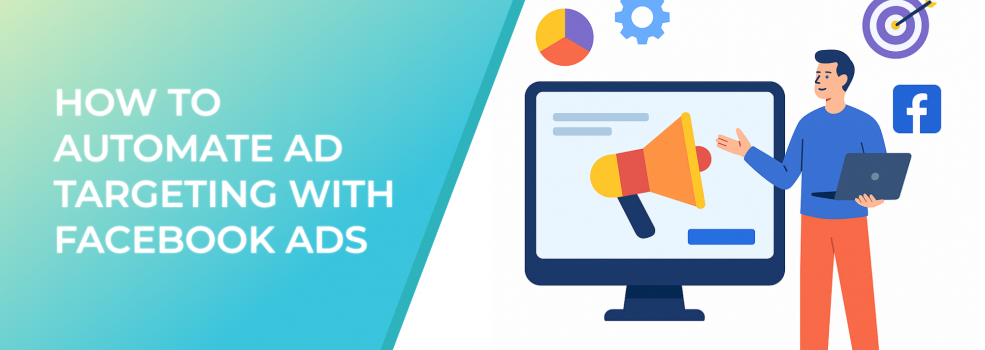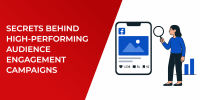Facebook remains one of the most effective platforms for digital advertising, with over 3 billion monthly active users as of 2025. However, success on the platform is increasingly driven by the smart use of data and automation. Manual ad targeting is not only time-consuming, but also prone to human error. Fortunately, Facebook Ads offers a variety of automation tools that can enhance precision, improve campaign performance, and reduce ad spend waste.
In this article, we explore how to automate ad targeting on Facebook, including best practices, benefits, and how LeadEnforce makes the process even more powerful.
Why Automate Ad Targeting?
Key statistics show that automated Facebook ads deliver an average CTR of 2.53%, CPC of $0.77, and ROAS targets of 4:1—highlighting the power of automation
Automation helps marketers refine their audience selection and continuously optimize performance without constant oversight. Here are some compelling reasons to consider automation:
-
Time Savings: Automating audience targeting reduces the time spent on repetitive tasks like segmenting users or adjusting targeting parameters.
-
Improved Accuracy: Machine learning tools identify high-performing audience segments more precisely than manual targeting.
-
Enhanced ROI: Facebook advertisers using automated targeting saw a 20% increase in ROAS (Return on Ad Spend), according to a Meta study.
-
Scalability: Automation enables advertisers to manage large-scale campaigns and experiment with multiple audiences simultaneously.
Key Strategies to Automate Facebook Ad Targeting
Visual workflow of how Facebook’s ad automation processes—from data input to real-time optimization—streamline campaign performance
-
Use Facebook’s Advantage+ Audiences
Facebook's Advantage+ (formerly Automated Targeting) uses machine learning to optimize delivery by analyzing user behavior, interests, and demographics. This feature is ideal for advertisers looking to find new customers similar to their best-performing audiences. -
Dynamic Creative Optimization (DCO)
DCO automatically tests combinations of headlines, images, calls-to-action, and copy to determine which variations perform best with specific audiences. -
Lookalike Audiences with Automation
Facebook Lookalike Audiences help you reach new users who resemble your existing customers. Automating updates to your source Custom Audiences ensures your Lookalikes stay fresh and accurate. -
Retargeting with Automated Rules
Automated rules allow you to trigger ads based on user actions, such as visiting your site or abandoning a cart. Combined with pixel tracking and catalog integration, these ads can be highly personalized and timely. -
Third-Party Tools like LeadEnforce
LeadEnforce enhances Facebook ad targeting by enabling advertisers to build custom audiences from specific community members or groups on Facebook and Instagram. The platform integrates seamlessly with Facebook Ads Manager and supports automation at scale.
Best Practices for Facebook Ad Targeting Automation
-
Continuously Monitor Performance: Automation doesn’t mean set-it-and-forget-it. Use reporting tools to analyze which automated strategies are working.
-
Keep Creatives Fresh: Automated targeting works best when paired with a steady rotation of creatives that match your audience’s preferences.
-
Combine Data Sources: Leverage both Facebook data and external sources (via LeadEnforce) for richer insights.
-
Segment for Personalization: Don’t treat your audience as a monolith—segment by behavior, location, and demographics.
Conclusion
Automating your Facebook ad targeting can unlock powerful advantages in efficiency, scale, and performance. With tools like Facebook’s native features and platforms like LeadEnforce, you can streamline your campaigns while driving better outcomes. The key lies in combining smart strategy with powerful automation tools tailored to your goals.

